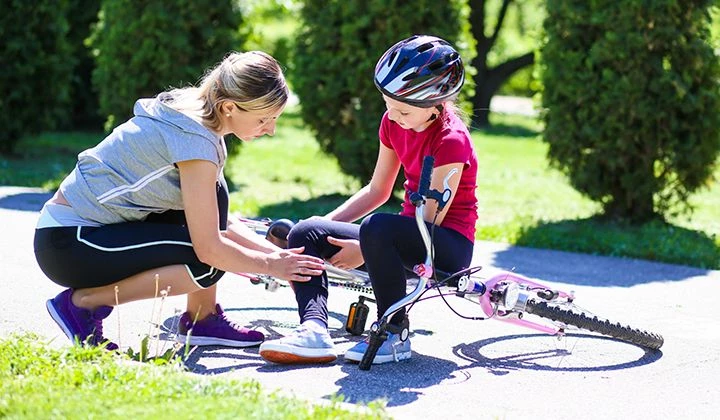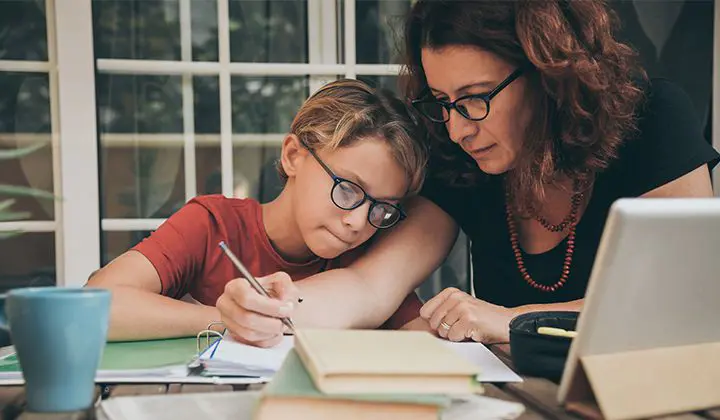Cuts & Grazes: Treatment & Healing Advice for Parents
Cuts and grazes are very common in children aged 7 to 11, particularly if they’re out and about getting active. Most often, these injuries happen on impact, for example if they collide while playing sports or fall from a climbing frame. We can do all we can to keep our homes safe, but cuts and grazes are perfectly normal. What’s important is to teach your children what to do and how to stop the bleeding.

What causes cuts and grazes?
While younger children may hurt themselves trying to find their feet, older children are more likely to be injured through sport or other activities. We can put wounds into two categories: minor cuts or abrasions, which are caused by an impact splitting the skin, or lacerations, which are deeper cuts or tears.
Deeper wounds may be caused by household hazards such as broken glass, or sharp objects such as knives and razors. You should keep all dangerous items out of your children’s reach, and give them protective equipment such as shinpads, elbow pads and cycle helmets. Minor wounds rarely need medical assistance, but you should keep an eye on them to see if anything changes.

Treatment of minor wounds
The most important thing for you to do, and to teach your child, is to stop the bleeding. If your child has a cut, you should assess the wound to see how deep it is. If it’s not bleeding heavily, wash your hands and clean the wound. You can run it under a tap or apply a sterile wipe.
Remind children that they should never touch other people’s blood, and that they should always wash their hands before treating a cut. When the wound is clean, pat it dry with a paper towel or tea towel, then apply gentle pressure to stop the bleeding.
If the bleeding is slightly heavier, you should encourage your child to lift the wound above their heart. This will help to ease the blood flow to the area. When the bleeding has stopped, apply a plaster or sterile dressing if your child is allergic.

When to seek medical help
Minor wounds will heal within a few days. You should change plasters or dressings daily to prevent the wound from becoming infected. If the wound does become infected, you may notice pus or bodily fluids. Your child may also experience a fever, swelling, or feel generally unwell.
You should seek medical attention if you notice any of these symptoms. Your doctor may recommend a short course of antibiotics.
In other cases, you should always go to Accident and Emergency, for example, if you cannot stop the bleeding. If the wound is longer than 2 inches, was caused by an animal bite, or has a jagged edge, you should always see a doctor. Make sure you ask your child where they were if they were playing outside. The cut may be contaminated by foreign objects such as glass, so you’ll need this information for your doctor.

Important points for your child
The most important thing for your child to remember is to keep wounds clean and to stop them from bleeding. You should encourage your little ones to wash their hands before looking at a cut or graze. If they’re helping somebody else, they should never touch anybody else’s blood.
Your child may be distressed but it’s important that they let you know what happened if they do cut themselves. In particular, they need to tell you if they have suffered an animal bite or a bite from another child. Ask them questions and try to keep them calm – once you’ve assured them you can stop the blood, they should start to feel more at ease.
Quiz time for parents
When should you see a doctor for a cut or graze?
Congratulations
You've now learnt all about cuts & grazes and how to treat them - you're ready to move on to 'Getting help in an emergency'!

